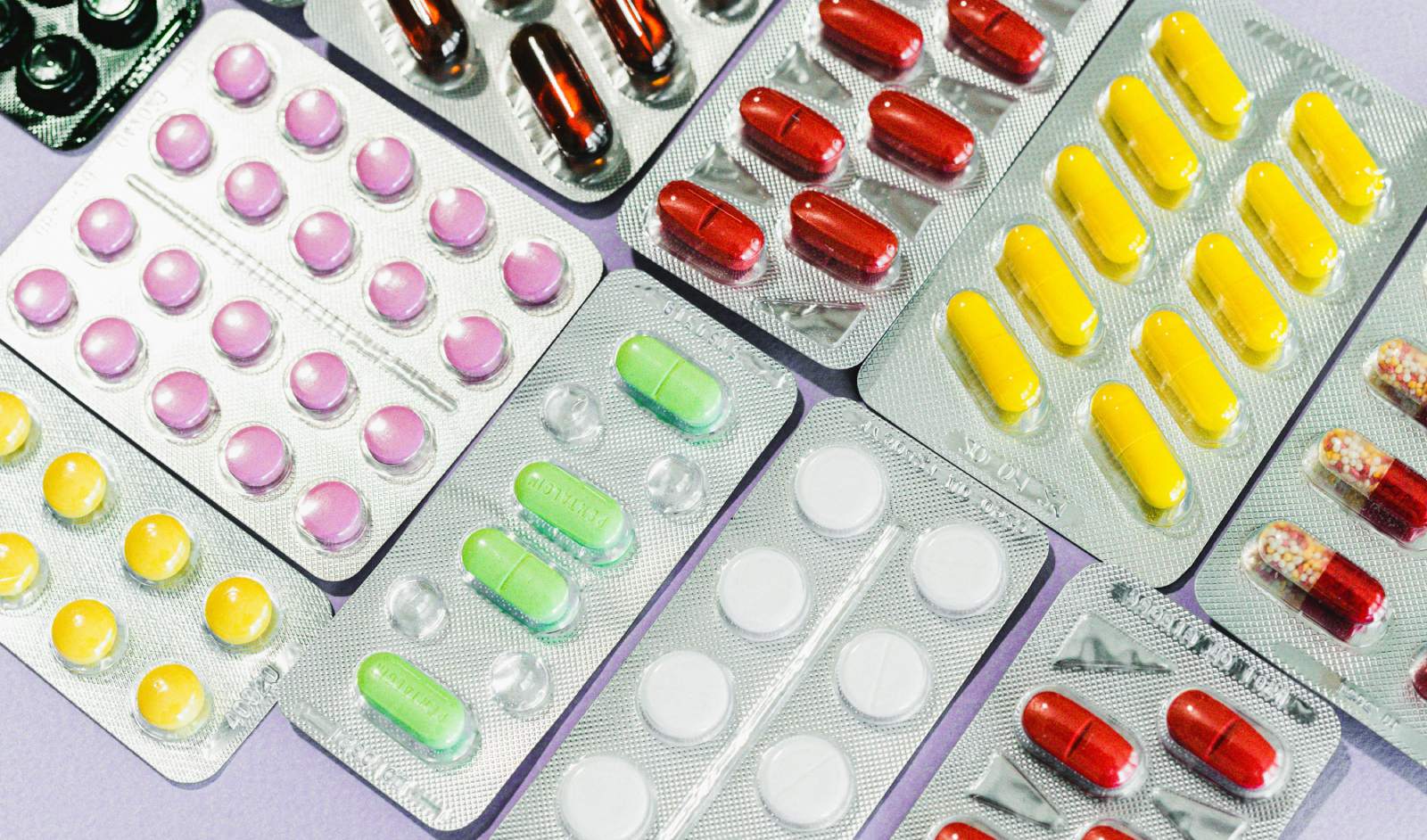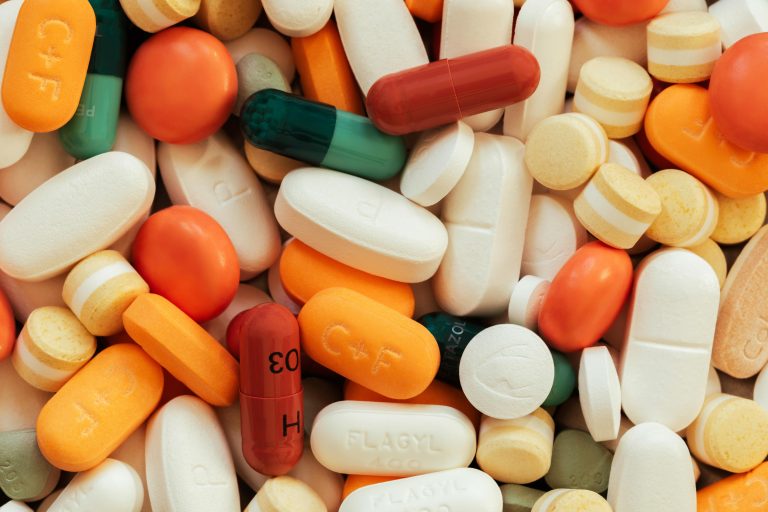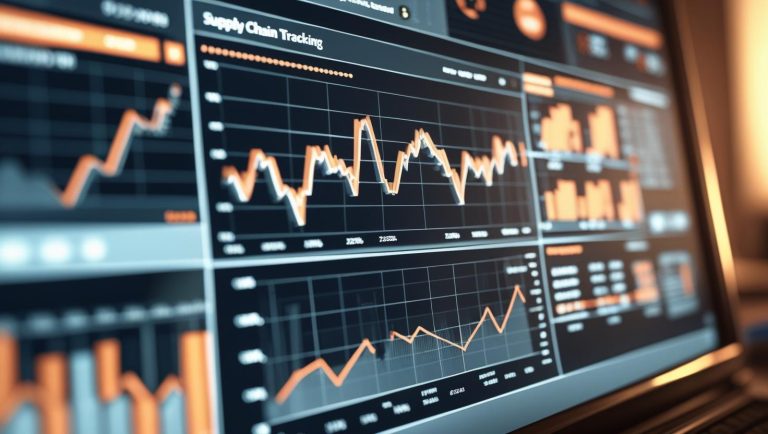Counterfeit drugs threaten lives, but advanced track & trace technologies—serialization, AI, and blockchain—are revolutionizing pharma security in a $28.6B market.
Are you ready for the future?
Pharmaceutical Track and Trace
The pharmaceutical track and trace market is rapidly evolving, driven by the critical need for traceability in ensuring drug safety. Counterfeit drugs pose severe risks to public health, necessitating stringent regulations and advanced tracking technologies. The industry is on a strong growth trajectory, with a projected CAGR of 15.9%, expanding from $7.58 billion in 2023 to $28.6 billion by 2032.
Governments and regulatory bodies worldwide are mandating traceability laws to combat counterfeit drugs and enhance supply chain security. The adoption of blockchain-based solutions in pharma supply chain, cloud-based technologies, and cryptographic techniques is further strengthening the industry’s ability to counter fraudulent activities and ensure compliance.
The Rising Threat of Counterfeit Drugs and Regulatory Push
The Problem: Fake Drugs and Public Health Risks
Counterfeit pharmaceuticals are a growing global crisis, responsible for thousands of deaths annually. These fake and illegitimate drugs often contain incorrect ingredients, improper dosages, or toxic substances, endangering patients and undermining healthcare systems.
The Global Response: Secure Pharma Supply Chain
Governments and organizations like the FDA, EMA, and WHO have introduced regulations to enhance drug traceability.
Key frameworks include:
- FDA DSCSA track and trace: FDA’s drug supply chain security act (DSCSA) aims to create an interoperable electronic fake drug detection system for tracking prescription drugs.
- EU FMD serialization: EU’s falsified medicines directive (FMD) requires serialization and verification of medicines to ensure authenticity.
- WHO’s global strategy: Encourages worldwide adoption of anti-counterfeit pharmaceuticals track & trace technologies to prevent counterfeits.
Drug Traceability Compliance and Security: the Role of Regulations
These regulations mandate serialization, aggregation, and digital verification systems to ensure the security and authenticity of pharmaceutical products. As a result, pharma companies are investing in pharmaceutical track and trace solutions to meet compliance requirements and enhance supply chain transparency. With the rise of authentication and cryptographic technologies, and Internet of Things (IoT) devices, regulatory frameworks are expanding to include more secure, real-time monitoring systems.
Market Growth and Key Drivers
Pharmaceutical Track and Trace Market in Numbers
- Market value evolution: $7.58B in 2023 → $8.78B in 2024 → $28.6B by 2032.
- CAGR: 15.9%, driven by regulatory enforcement and technological advancements.
Key Market Drivers
- Serialization and aggregation compliance: Regulations like DSCSA and EU FMD mandate serialization and aggregation for traceability.
- Technological advancements: Emerging technologies such as blockchain in pharma supply chain, RFID, IoT, and AI in pharmaceutical traceability enhance tracking capabilities.
- Digitization of pharma supply chains: The shift towards digital solutions improves efficiency, security, and transparency.
- Expansion of cloud-based solutions: Companies are increasingly adopting SaaS and on-premises solutions for pharmaceutical track and trace, reducing infrastructure costs while improving accessibility.
Key Technologies Transforming Track and Trace
Pharma Serialization & Aggregation
Serialization assigns unique serial numbers to pharmaceutical products, enabling precise tracking throughout the supply chain. Aggregation ensures data integrity by linking unit-level details to batch and shipment levels, ensuring compliance with global regulations.
Blockchain in Pharma Supply Chain for Secure and Transparent Tracking
When required blockchain in pharma supply chain can also enhances security by providing an immutable and transparent ledger for tracking pharmaceutical products.
- Advantages: Reduced fraud, improved compliance, and enhanced data integrity.
- Challenges: Integration complexity and industry-wide adoption hurdles.
IoT Pharma Tracking, AI & Advanced Analytics
- Smart packaging & RFID sensors: Enable real-time monitoring of drugs throughout the supply chain.
- AI-powered fraud detection: Uses predictive analytics to identify anomalies and prevent counterfeit drugs from entering the market.
Cryptographic technologies: Emerging encryption techniques secure pharmaceutical data across the supply chain, preventing unauthorized access and tampering.
Leading Players and Market Landscape
Top Companies in the Pharmaceutical Track and Trace Market
- Antares Vision
- TraceLink
- IBM
- Capgemini
- SAP
- Oracle
- Zebra Technologies
Competitive Strategies for Drug Supply Chain Tracking
- Investment in R&D: Companies are developing advanced pharmaceutical traceability solutions to stay competitive.
- Global expansion & partnerships: Firms are collaborating with regulators and expanding their presence in emerging markets.
Regional Analysis and Market Opportunities
North America & Europe: The Regulatory Pioneers
- Strong regulatory enforcement by the FDA (DSCSA) and EMA (FMD) ensures high compliance levels.
- Leading pharmaceutical companies invest heavily in track & trace solutions.
Asia-Pacific & Emerging Markets
- Rapid adoption of track & trace technologies driven by the pharmaceutical industry’s expansion.
- Key markets: China, India, and Brazil, where governments are strengthening drug safety laws.
Middle East & Africa – While still in early adoption phases, these regions are experiencing a rise in demand for track & trace solutions due to increasing pharmaceutical production and export regulations.
Challenges & Future Outlook for Pharma Traceability Regulation
Barriers to Adoption
High implementation costs hinder adoption for small and mid-sized pharmaceutical firms, making compliance solutions expensive and difficult to adopt. Moreover, the lack of global standardization creates complexity, as different regions impose varying regulatory requirements.
Operational challenges further complicate adoption, as integrating new pharmaceutical track and trace technologies requires significant process changes and often encounters industry resistance. The integration of authentication technologies in pharma supply chain, and IoT device tracking, requires significant infrastructural changes, leading to further cost barriers for many companies.
The Future of Pharmaceutical Track and Trace
By 2032, advancements AI in pharmaceutical traceability, blockchain in pharma supply chain, and full supply chain digitization will further enhance pharmaceutical traceability. Evolving regulations will drive continued innovation and industry-wide adoption of next-generation tracking technologies.
Drug Traceability Compliance & Next Steps
The pharma track and trace market is set for exponential growth, driven by regulatory compliance, technological advancements, and increasing concerns over drug safety. With serialization, AI, and different authentication technologies in pharma supply chain at the forefront, the industry is transforming to ensure transparency and security.
What’s next? Stay tuned for our next article.
Read more: Regulatory Traceability in Food: From Farm to Fork.






